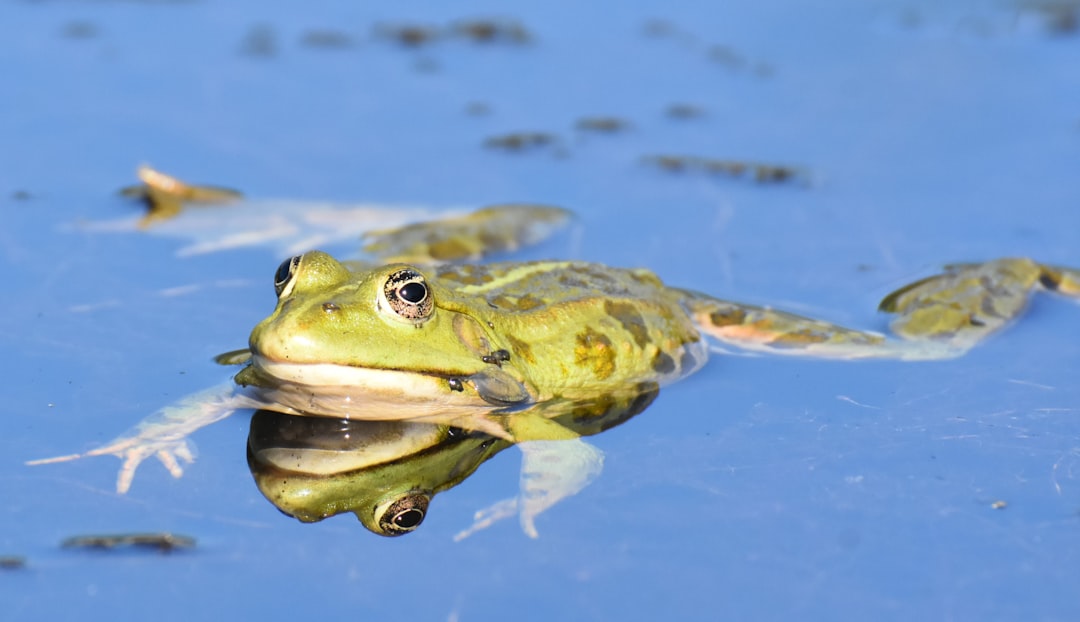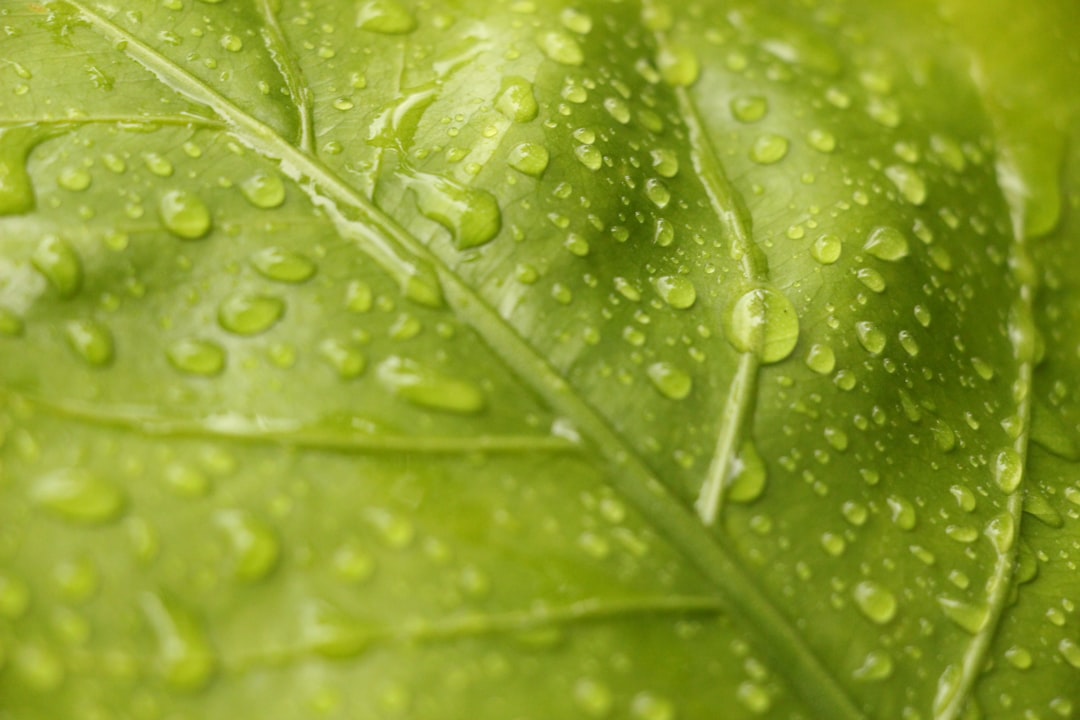What is it about?
LiCrTiO4 is a promising anode material for lithium-ion batteries. We applied the high temperature and high pressure technology to the field of LiCrTiO4 for the first time. The LiCrTiO4 prepared by this method has abundant oxygen vacancy content, which greatly increases the intrinsic conductivity of the electrode material and the kinetics of lithium ion diffusion. We used XPS as well as electron paramagnetic resonance to characterize the presence of oxygen vacancies. In addition, we also analyzed the changes of energy band and density of states of oxygen vacancy LiCrTiO4 based on density functional principle calculations. It exhibits excellent rate capability and electrochemical performance when used as a negative electrode material for lithium ion batteries.
Featured Image

Photo by CHUTTERSNAP on Unsplash
Why is it important?
LiCrTiO4 has the potential to replace commercial graphite due to its high plateau potential and safety properties. However, the low intrinsic conductivity of LiCrTiO4 limits the development of industrialization. LiCrTiO4 synthesized under high pressure has abundant oxygen vacancy concentration, which not only improves the intrinsic conductivity of the material, but also provides more active sites. LiCrTiO4 containing oxygen vacancies improves the rate capability and electrochemical performance of LiCrTiO4. Most importantly, the high-pressure synthesis technique shortens the material preparation time to 40 min, which is favorable for the fabrication cost of LiCrTiO4.
Perspectives
Writing this article was an great honor to work with all the authors to complete this work. Introducing pressure as a thermodynamic parameter during synthesis in a controllable manner provides new perspectives and options for introducing oxygen vacancies in metal oxides
Jieming Qin
Read the Original
This page is a summary of: High Pressure Rapid Synthesis of LiCrTiO
4
with Oxygen Vacancy for High Rate Lithium‐Ion Battery Anodes, Small, August 2022, Wiley,
DOI: 10.1002/smll.202202901.
You can read the full text:
Contributors
The following have contributed to this page










